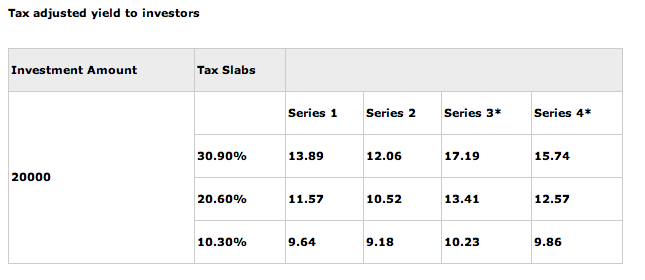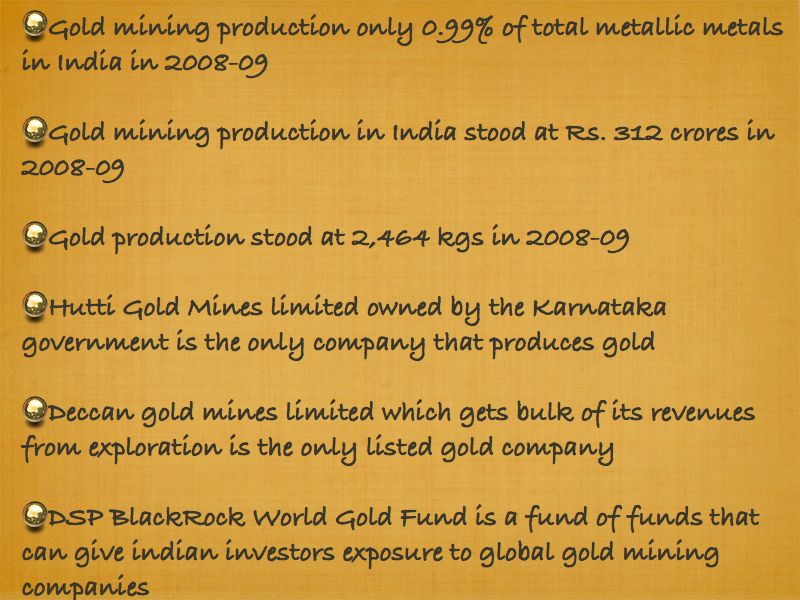Image by OneEighteen
Today I want to take a break from our regular posts and share a bit of good news. OneMint has recently reached a small milestone of hitting a 100,000 page-views in the last 30 days, and I am sure we will hit 2,000 subscribers in a week or so, and that’d be quite awesome too!
I am grateful to all of you for reading, but especially the ones among you who have shared their knowledge with others in the form of comments, ideas or even full posts.
A big thank you to all of you!
I thought it’d be appropriate to write about milestones and failures instead of the usual subjects today. Let’s start with milestones first.
Milestones
I keep plenty of small milestones for myself, achievable milestones, and I have some ideas on what I’d do on achieving those too. For example, about a year ago I upgraded to threaded comments here which meant that people could reply to others in comments, and it would be discernible that one comment is a reply to another. I had a certain number of “reply comments” that the site had to have before I made that upgrade. I could have implemented the idea as soon as I thought of it, but I like to set a target, meet it, and then implement the change.
I thought of achieving a certain page-view target (lesser than 100,000) before Diwali, and do a little something to celebrate it here, and you will see a small change soon.
So small things that help keep things interesting, and are also proof that progress is being made.
Failures
I’ve learned that you just can’t get away from failures. I’ve also seen that most of my ideas have flopped, but on balance it doesn’t matter because some of them succeed, and make up for the other failures. So for me, trying out new things becomes really important. Keep trying and see what sticks. Some of you might have noticed a new page on top here called “NEW HERE?” which is one example of what I call a flop. I created that page because I theorized that a lot of people land here, read something, don’t know what to do next, and just exit (of course this is not an original idea). So, to overcome that – I thought I’d create a new here page like the ones you see on several other websites, and some people who would have otherwise exited will say – aha, I am new here, so let me click this instead of leaving.
Nothing like that happened, and as it stands today, the idea is a flop. However, I have another theory that the placement itself is wrong, and by the time someone reaches the end of the page, they have no way of seeing the little text at top, and so the concept itself is not wrong, but the placement. So, I will change the placement in the coming days to either sidebars or bottom of the post, and see how it goes.
Another failure is the ability to generate comments on posts commensurate with the size of this blog. This is one metric where I have never done well, but I really hope this changes. Unfortunately, I don’t have any bright ideas on improving the number of comments other than asking you to comment more. The comments that are left by our readers have great information, and add to the post considerably, so more comments would be quite awesome.
Understanding and embracing failures and flops is one the biggest things I have learned here, and one that is relevant in all walks of life.
As I end this post, thanks to all of you for reading, and please don’t forget to leave a comment!




